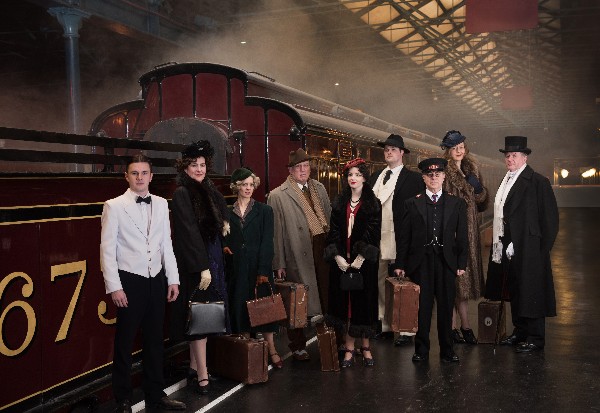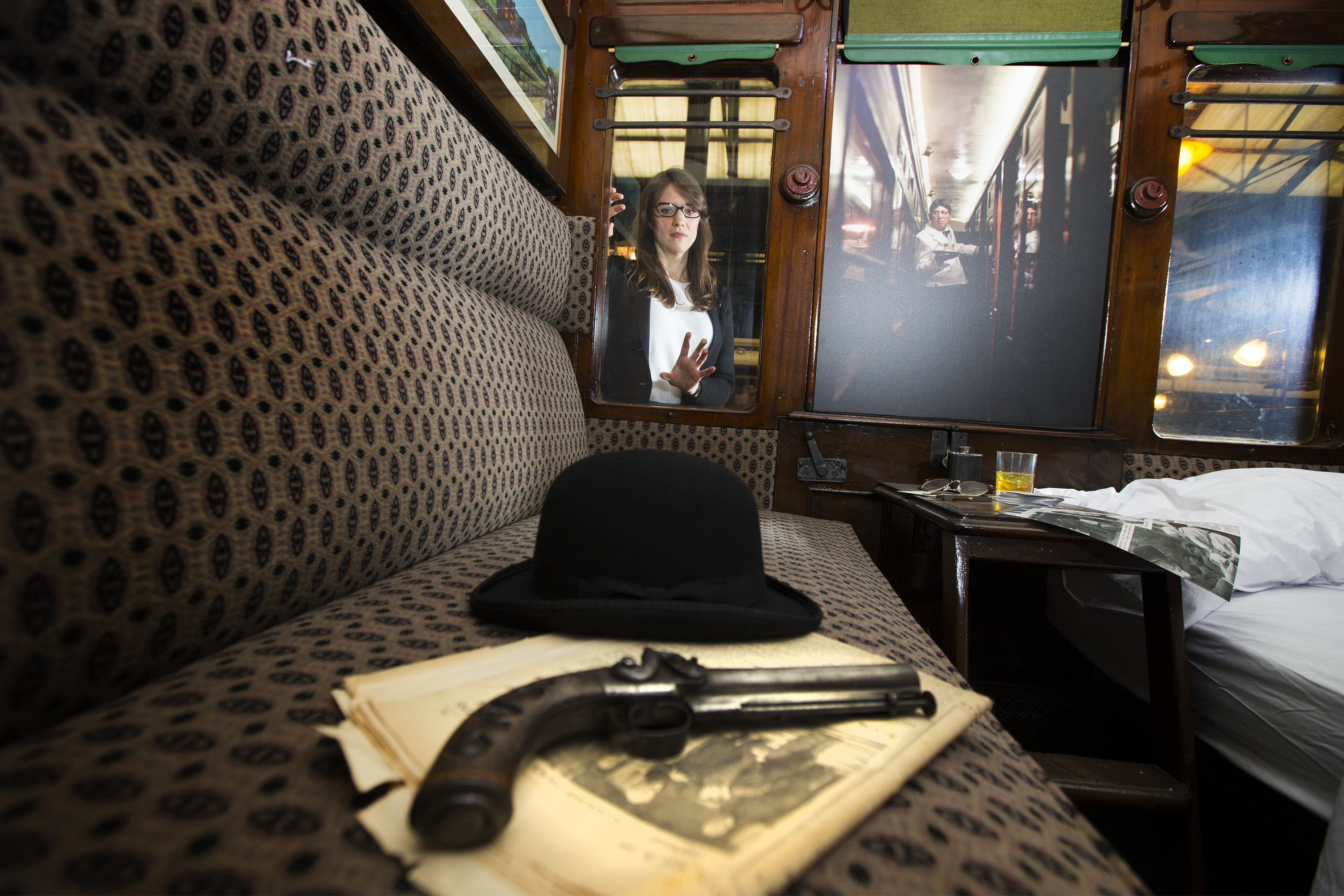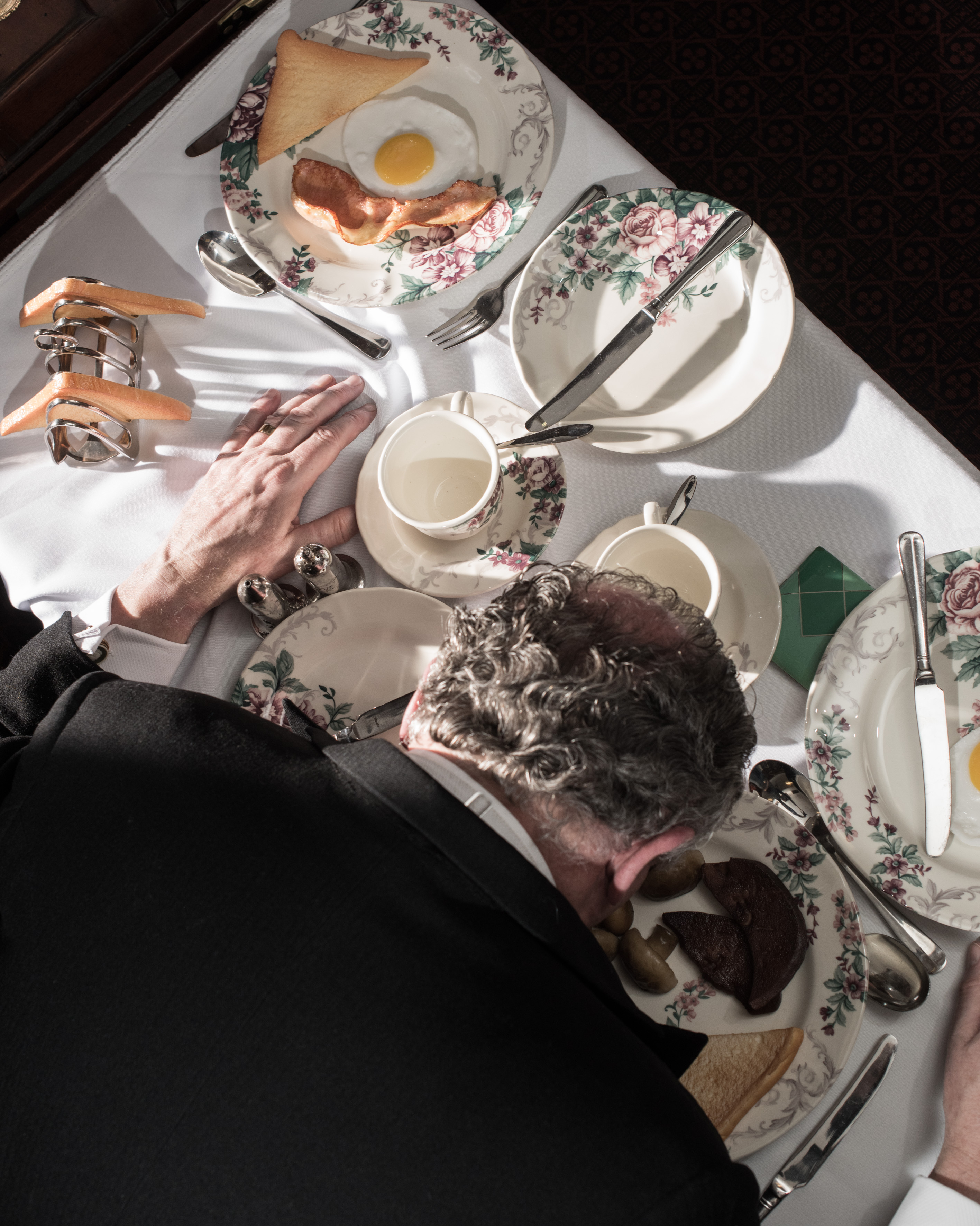
Murder is taking centre stage in an exciting new season at the National Railway Museum in York, bringing together two enduring British fascinations – crime and railways.
The Mystery on the Rails season, which runs through until September, offers visitors a more playful take on what you’d normally expect from a museum famous for its trains and railway heritage.
In a new twist to the traditional offering, visitors have the chance to unleash their inner detective, don imaginary deerstalkers and put their powers of detection to the test as they are transported back to 1937 in a specially commissioned visitor exhibition trail, The Missing Passenger, where the most curious of crimes has been committed.
Set in the 1930s on an Inverness–London sleeper train, the trail centres on the murder of theatrical agent Edward Robey, with a roll-call of passengers making up the shortlist of suspects.
Taking on the role of detective, visitors will search for clues, examine the evidence and investigate the motives and alibis of the fictional passengers on the train.

22/03/2017 York UK. Visitors to the National Rail Museum in York are being asked to take part in an intriguing trail to help the missing passenger- celebrated crime writer Mary Lavender – solve the mystery of the Dining Car murder. In a strange twist of events, Mary was due to travel on the sleeper train from Inverness to London where the murder took place, but missed her connection. Baffled by the scene, the police have asked for Mary’s help, but she needs you to take her place and be her eyes and ears to investigate this puzzling incident. The Missing Passenger is a new exhibition trail by Geraldine Pilgrim Performance Company, commissioned by the National Railway Museum. Photo Credit: Andrew McCaren/AM images
The mystery ends in the station waiting room, where visitors assemble their evidence and can finally discover who’s the murderer, how they did it and why.
The trail is a major feature of the season, which explores why the railway has such a special role in mystery and detective fiction, both in books and on screen, from classics such as Agatha Christie’s Murder on the Orient Express through to the recent hit The Girl on the Train.
The museum’s curators have researched the elements that make the railways inspirational to crime and thriller writers, including the predictability of the scheduled comings and goings of luggage and passengers, through to the public – but seemingly private – spaces of ‘sleeper’ carriages and the ‘locked room’ of a moving train.

These ideas and objects feature heavily in a series of activities and workshops running over the next six months. Key highlights for the season, which is supported by the People’s Postcode Lottery, include:
Case Files – Mondays 27 March, 24 April, 8 May, 22 May, 19 June, 17 July.
Create a dramatic short story based on fact or fiction, using the key elements of great crime writing. Step into the shoes of a detective to uncover the details of a crime, using objects from the museum’s collection, available clues and a list of known suspects to help decipher exactly whodunnit.
Rogues Gallery – Mondays 3 April, 15 May, 5 June, 26 June, 3 July.
Visitors can stand in the line-up, take a mug shot and challenge themselves to see if they can apprehend a criminal using only their description. Discover how the introduction of the railways created a need for facial recognition as criminals used the predictability and speed of the railways to get away.
British Transport Police Weekend – 29 April–1 May.
Partnering with British Transport Police, visitors can take part in a fun-filled weekend of hands-on activities that will test their sleuthing skills and see if they have got what it takes to help the police in their attempt to capture criminals.
Easter, May and Summer Investigations
Use codes, clues and sleuthing skills to put your crime solving skills to the test. Drop in to the pop-up activities, where you can create your own crime story and find out if you can match a criminal to their crime.
Check out the full programme of events
The museum is open 10am to 6pm and admission is free.